SUMMARY
This is AI generated summarization, which may have errors. For context, always refer to the full article.
![[Ilonggo Notes] The attractions along Iloilo City’s Bonifacio Drive](https://www.rappler.com/tachyon/2024/01/bonifacio-drive-lse-january-3-2024.jpg)
It’s a short strip, extending from the end of General Luna to the Forbes Bridge – just about 250 meters. Thousands pass here every day to Lapaz or Jaro, barely noticing it. But Bonifacio Drive deserves more than a cursory glance; it is chock full of history and attractions. Up till the early ’70s it was lined with acacia trees, which were felled when the road was widened. In the ’80s a politician had a pedestrian overpass constructed, but few used it and it was eventually demolished, the unnecessary eyesore consigned to oblivion.
At the southern end of Bonifacio Drive is the Arroyo fountain, which is “kilometer zero” for Panay Island. All distances through the provinces of Iloilo, Antique, Capiz, and Aklan are measured from this 1928 landmark, named after the former senator Jose Maria Arroyo, who was responsible for a Republic Act creating the Iloilo Metropolitan Waterworks Authority.
The neoclassic-style fountain once had bare-breasted female statues, but this caused an uproar among conservative religious groups, and so they were covered up with flowing robes. I still have to make a closer inspection to see if I can make out the changes, but that might mean clambering over the fountain, which may not be advisable for seniors. The fountain fronts a heritage building, the Casa Real (aka Casa Gobierno), the former Iloilo provincial government’s office from the 1870s. It was hailed as the largest and most elegant of its kind in the colony, and has hosted visits of presidents and US high commissioners.
It’s been through at least a couple of fires and extensive renovations. It still hosts the Provincial Library as well as the regional offices of the DOT. On the ground floor is a display of the DTI where one can purchase tasty Ilonggo delights (tsokolate tablea, lengua de gato, cassava chips, peanuts, herbal teas) at very reasonable prices. The second floor, now for meetings and events, is reached through a grand staircase. From its tinted glass wall one can have a view of the expanse of JM Basa Street and Calle Real all the way to Guimaras Island.
The “islas de siete pecados” is a term given to the seven little “islands” and partial roundabouts that make the start of Bonifacio Drive quite challenging to pedestrians and motorists alike. It can become a traffic chokepoint at times. It’s best viewed from the upper floors of the Atrium, which has the Iloilo Supermart, a hotel, retail spaces, and a food court. On a Yuletide night the traffic is horrendous – in part because the provincial government installed a magnificent lighting display, overflowing with visitors.
On one of the “islands” is a triangular monument with a bust of Nicolas Jalandoni. Local historian Demy P. Sonza writes that Jalandoni was once the most brilliant political star in Iloilo, born in Jaro in 1881, educated at the Ateneo and the Escuela de Derecho in Manila. When the first national elections were held in 1907 for delegates to the First National Assembly, he defeated Raymundo Melliza, former justice of the Supreme Court (1899-1900) and immediate past governor of Iloilo (1904-1906). Jalandoni was the president of the Partido Nacionalista in Iloilo and a member of Nacionalista National Directorate. At age 26, he was the youngest member of the National Assembly and presided at the opening session. Sergio Osmeña was elected Speaker, Jalandoni as Speaker Protempore, and Manuel Quezon Majority Floor Leader.
Jalandoni founded the evening newspaper El Adalid (The Hero), to counter the El Tiempo of the Partido Federalista. He also founded Ang Baganihan, which was the first daily paper in Hiligaynon. Among its writers were Rosendo Mejica, Angel Magahum, Flavio Zaragoza Cano, Ulpiano Vergara, Delfin Gumban, and Quirico Abeto.
Jalandoni’s passing at the age of 30 in 1911 was deeply mourned. Colleagues and friends erected a monument in his honor. For this purpose, a committee was formed composed of Quintin Salas (chairman), Amando Avancena, Quirico Abeto, Federico Ortiz, Eladio de Guia, Fidel Hervas, and Cresenciano Lozano. The monument was unveiled on July 19, 1913.
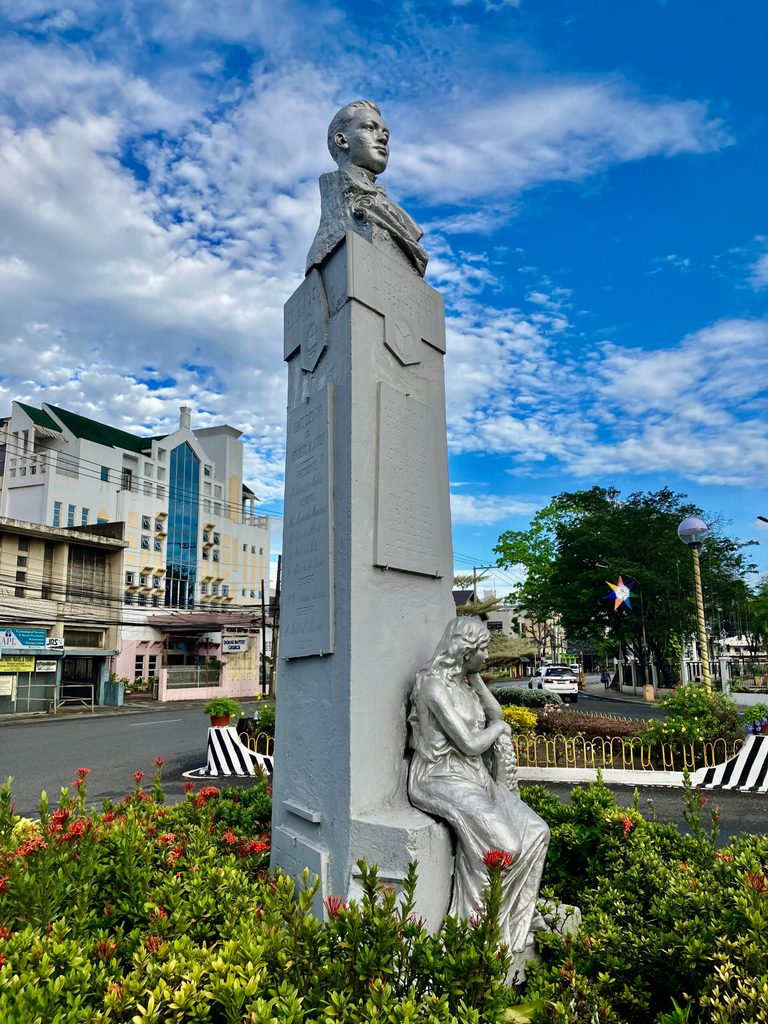
To get a better view, I scrambled over the little picket fence to read the fading Spanish inscriptions on all three sides of the 110-year-old monument, which also features the figure of a sorrowful woman holding a wreath at its base. There is a Jalandoni quote, about the 1910 Nacionalista defeat: “Podemos caer /si: sin embargo/procuraremos/levantarmos otra vez (We can fall, nevertheless we strive to rise again).” On the other sides of the monument, some in typical Art Noveau style, are the names of the leaders of the Nacionalista Party, the monument committee members, and logos of the Associacion Escolar de Filipinas, the Jalandoni Library, and the Escuela de Derecho de Manila. The monument’s location means it is only the determined who will take a second look; it should be transplanted somewhere more accessible.

One recent addition is a relief sculpture that is a fanciful rendition of moments in Ilonggo history. Unveiled in late 2019 just before the pandemic hit, the “Iloilo” mural shows the Barter of Panay, a costumed warrior holding aloft the Santo Niño, and General Delgado astride a rearing horse. Alongside are reliefs of the Miagao Church, San Joaquin Campo Santo, and the Guimbal Watchtower; interspersed among this mélange are a Spanish galleon, paraws, the Oton death mask, the Jaro bandstand, shells, fishes, prawns, birds, and the provincial high school. A tapestry winds its way around the figures, like a thread running through history; perhaps it is a tribute to the storied past of Iloilo as a weaving capital of the country. Built by AR Sculptura, the 15-meter-long by 2-meter-high mural is of fiberglass resin, painted and glazed to look like bronze.
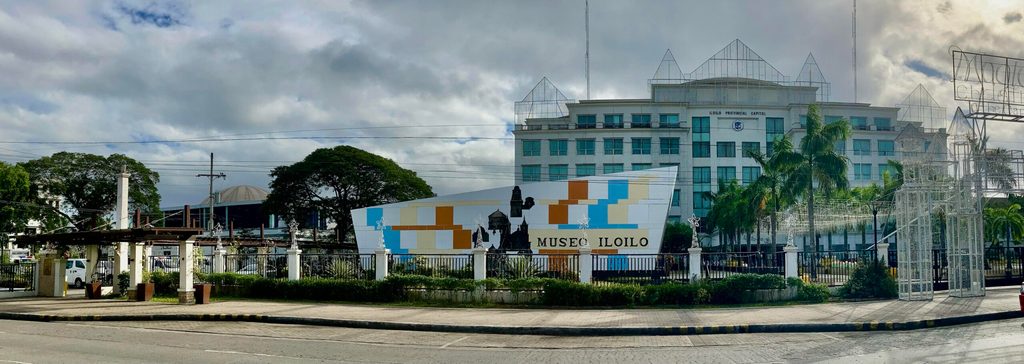
50 meters away is the Museo Iloilo, which is 53 years old in 2024 – the first-ever purpose-built museum in the country. It is run by the Iloilo Cultural Heritage Foundation, and has an iconic trapezoidal design by Ilonggo architect Sergio Peñasales. On its façade is a low relief of Ilonggo churches. It has a display of religious artifacts, WWII memorabilia, and relics from a sunken British steamship, and occasionally hosts contemporary art exhibits.
At the back of the Museo Iloilo is the eight-story provincial capitol of Iloilo; when it was constructed, one of the city’s open spaces, the former Rotary Park Amphitheater, was torn down and a parking lot built in its place.
Right beside the Museo Iloilo stands the former Iloilo provincial jail, with its distinctive guard turrets on four corners; it was built in 1911, and was in use for a century. In 2018 it was extensively renovated, a central glass dome installed, and it re-opened as the Regional Museum for Western Visayas. It has on display a national cultural treasure – the Oton gold death mask. There are well-curated exhibits on native embroidery and archaeology; fossils and petrified trees tell the story of ancient Panay’s emergence from the seas millions of years ago; and it has the jawbone of an extinct elephant specie that was unearthed in Cabatuan. The museum also has changing exhibitions and interactive displays and activities for school children. In front of it is a landscaped lawn and park, where native Iloilo trees (Aglaia argentea) are planted.
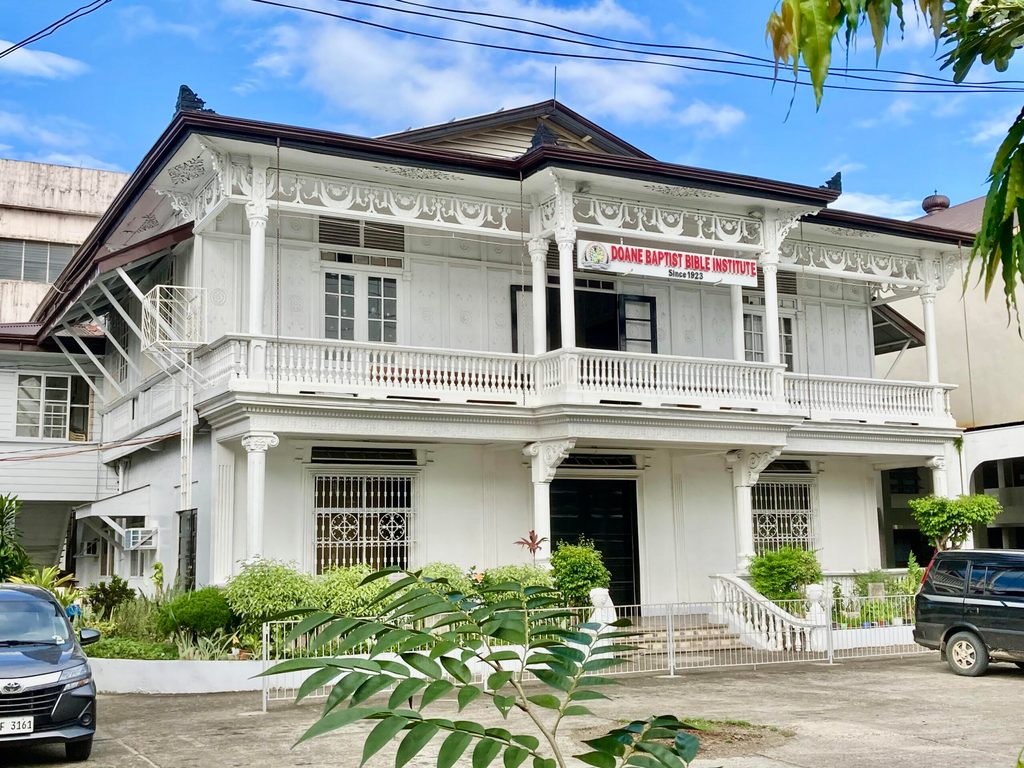
Across the street from the museums are a series of heritage buildings. First one is the 1923 building of the Doane Baptist Bible Institute. It is well preserved, with an overhanging balcony and filigreed ceiling carvings; some of the original exterior panel paintings with scroll designs are visible but have been given a white coat. The supporting pillars have lovely, neoclassic designs with touches of Art Noveau and emerging Art Deco. The building originally belonged to the Lopez-Vito Family.
A few meters away is Balay Remedios – built by Julio Ledesma in the late 1920s. It is in the modified balay na bato style, with huge windows and ventanillas. The house was acquired by the designer/engineer of the house, Eusebio Villanueva. It has been in four generations of the Villanueva family, and it opened to the public in late 2023 as a stylish restaurant, offering classic Ilonggo and Spanish influenced cuisine. There is a grand entrance and foyer, with Machuca tiles. The interiors are a shade of salmon pink, with vintage lighting fixtures, carvings, hardwood ebony and ivory floors, and family photographs. The exterior wood panels bear decorative scrolls and interesting floral designs – that, it is said, the Japanese occupiers liked when they expropriated the house as their headquarters in the early 1940s, and allegedly turned the basement into a torture chamber. The front fence posts are tapped by urns, and the grill gates are designed in the Art Deco style. There are plans to open the second floor as a lifestyle museum, which will further add to the attractions of Bonifacio Drive.

Two houses away is a palatial building, the former home of Don Juan Ledesma and acquired in the ’60s by a Chinoy family; this is painted a striking blue and white. In its past incarnations it was occupied by the Japanese, then used by the US Army as its headquarters, a reportedly haunted home, a bodega, an upscale massage and spa, offices, and is now the Castle Chateau hotel. And right next to it, is Iloilo’s oldest continuously running hotel – the River Queen Hotel. It used to be known as the Ledesma Hotel from its opening post World War II, until the mid ’60s. Across the street is the Iloilo Hall of Justice which hosts the courts. Beside it and just next to the bridge is a building in the Brutalist style, which are the offices of the Iloilo water district.
This whole strip could also have been called Ledesma Drive – because the Ledesma family owned most of the land in the area. Bonifacio Drive ends at the foot of the Forbes Bridge, and you can turn to either side and enjoy Iloilo’s fabled Esplanades, or you can walk about a quarter of a kilometer to the Lapaz market, where you can have your fill of batchoy! – Rappler.com
Add a comment
How does this make you feel?
![[Ilonggo Notes] What to eat in Iloilo’s heritage houses](https://www.rappler.com/tachyon/2023/10/heritage-houses.jpg?fit=449%2C449)






![[Ilonggo Notes] Exploring Plaza Libertad, Iloilo’s first town square](https://www.rappler.com/tachyon/2024/07/plaza-libertad-guimaras-from-city-hall.jpg?resize=257%2C257&crop=574px%2C0px%2C640px%2C640px)


![[OPINION] Poverty is not a hindrance to success – that is a lie](https://www.rappler.com/tachyon/2024/06/Poverty-is-not-a-hindrance-to-success-%E2%80%93-that-is-a-lie-june-10-2024.jpg?resize=257%2C257&crop_strategy=attention)
![[Ilonggo Notes] Guimaras: Geared up for success](https://www.rappler.com/tachyon/2024/05/Ilonggo-Notes-Guimaras-May-6-2024.jpg?resize=257%2C257&crop=298px%2C0px%2C720px%2C720px)
![[Ilonggo Notes] Putting the spotlight on Ilonggo and regional cinema](https://www.rappler.com/tachyon/2024/04/Screenshot-2024-04-07-at-2.04.59-PM.png?resize=257%2C257&crop=321px%2C0px%2C809px%2C809px)
![[Ilonggo Notes] The foremost Filipino engraver, sadly unremembered, needs to be given his due](https://www.rappler.com/tachyon/2024/03/Figueroa-.jpg?resize=257%2C257&crop=265px%2C0px%2C720px%2C720px)
![[Ilonggo Notes] La Villa Rica de Arevalo: A storied past and bright future](https://www.rappler.com/tachyon/2024/01/from-vic-scaled.jpeg?resize=257%2C257&crop_strategy=attention)


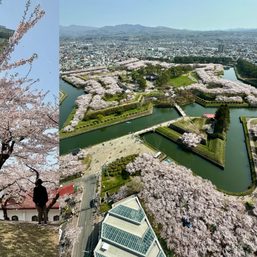
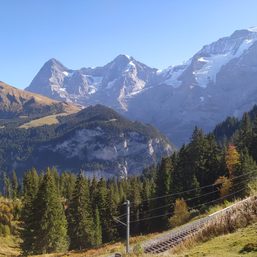
There are no comments yet. Add your comment to start the conversation.